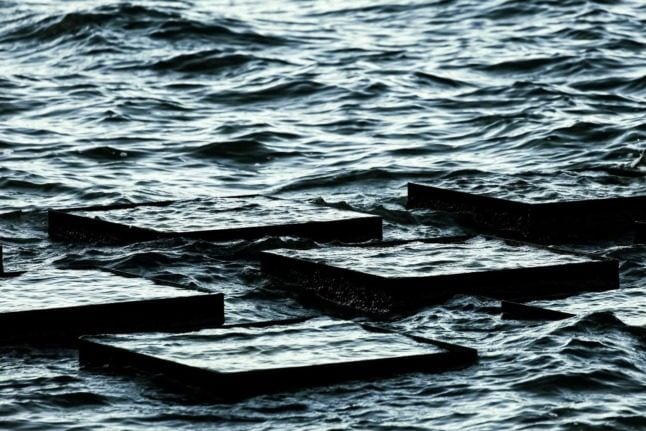After almost a week of warm, sunny weather, Switzerland is readying itself for another weekend of thunderstorms.
Aktuell erleben wir ja eine ganze Reihe schöner #Sommertage. Dass das aber nicht ewig so weiter gehen würde, ist auch klar. Morgen #Freitag wird es noch mal #hochsommerlich, dann aber stellt sich die #Wetterlage um. Den Stand der Dinge gibt es hier => https://t.co/PhkugL8BGJ (km) pic.twitter.com/O6G6cQCVhU
— MeteoNews (@MeteoNewsAG) July 22, 2021
While these will not be as intense as those experienced previously as a result of the low pressure system Bernd, they still pose a significant risk in several parts of the country.
This is because the capacity of soil and water systems to absorb more water is limited, with several lakes and rivers still at breaking point and the soil already soaked through.
READ MORE: Switzerland drains lakes ahead of predicted weekend rainfall
While the rain is set to fall all across the country, several areas are bracing for flood risk.
Where is the risk of flooding the highest?
The canton of Freiburg has warned of flood risk along the Broye.
Alertswiss has warned of a flooding risk on the shores of the Neuchâtel, Murten, Gruyere and Schwarzee lakes.
Emergency officials told Swiss news site 20 Minutes that the warning was a precautionary measure on the basis of the forecast thunderstorms for the weekend.
Authorities in Schwyz said the are issuing a medium-level warning for waterways in the canton.
The water level in Lake Biel also remains high, although authorities have said they are pleased with the drainage of groundwater in recent days.




 Please whitelist us to continue reading.
Please whitelist us to continue reading.
Member comments